What Transfer Of Plants Animals And Disease
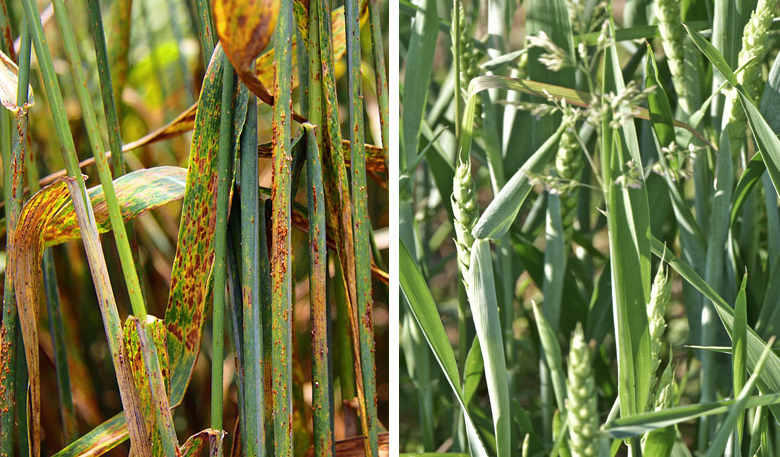
What do you discover near the leaves of the wheat on the right? How about on the left?
See those xanthous and ruby-red spots on the leaves on the left? Those wheat plants are sick. They have a disease called wheat leaf rust. Wheat leaf rust is caused by a mucus, and like many fungi, it spreads from place to place in tiny particles called spores. When wheat rust spores country on the leaves of a healthy wheat institute, that found can get infected. According to the Cereal Disease Lab , wheat rust absorbs nutrients from the plant tissues and makes that plant more than susceptible to infection by other fungi and bacteria.
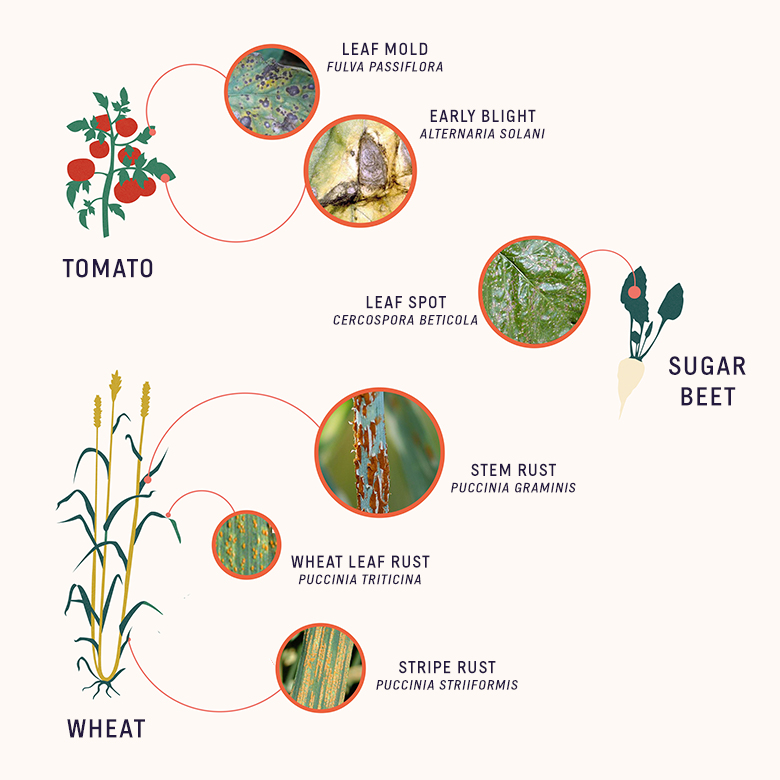
Wheat leaf rust ( Puccinia graminis ), tin become a serious trouble for a farmer if left untreated, but it isn't the simply plant pathogen that can cause ingather harm. There are thousands of species of fungus or fungus-like organisms that cause diseases in plants and animals. Well-nigh pathogens in this group are specialists, meaning they infect only one or a few different species, simply fungi are the leading cause of crop loss worldwide , and the problem may become worse with longer periods of warmth and moisture due to climate change . Chemicals called fungicides can exist used to kill disease-causing fungi, but they can exist expensive and sometimes dangerous to people.
Part of tackling the problem of found disease is to figure out how these infections move from institute to establish. In the following action, you will model disease manual between plants by rain, then devise a style to reduce the spread of a pathogen like the one that causes wheat leaf rust.
How Do Diseases Move From Institute To Found?

Many man diseases are transmitted through violent expiration events , like coughs or sneezes. These clouds of droplets can carry pathogens and even suspend them in air. But plants don't sneeze, so how are diseases spread from plant to institute in a field or greenhouse?
To reply this question, let's start by thinking almost the abiotic (nonliving) and biotic (living) factors present in the ecosystem that the plant belongs to, fifty-fifty if that ecosystem exists inside a greenhouse or on a farm. What could move a fungal spore from one plant to some other? How could abiotic factors influence the manual of a (biotic) fungal pathogen like wheat rust?
Related Video
Breakthrough: Connecting The Drops
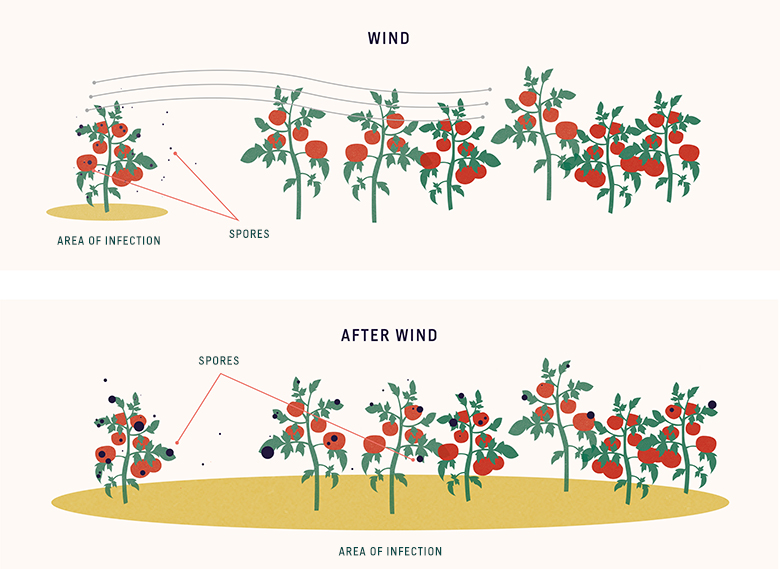
Diseases that attack the leaves of a plant are primarily spread by air current, but they can besides motion to nearby plants past taking a ride on splashing water aerosol from rain or irrigation. How can we change how crops are planted and grown to minimize the spread of pathogens by h2o droplets?
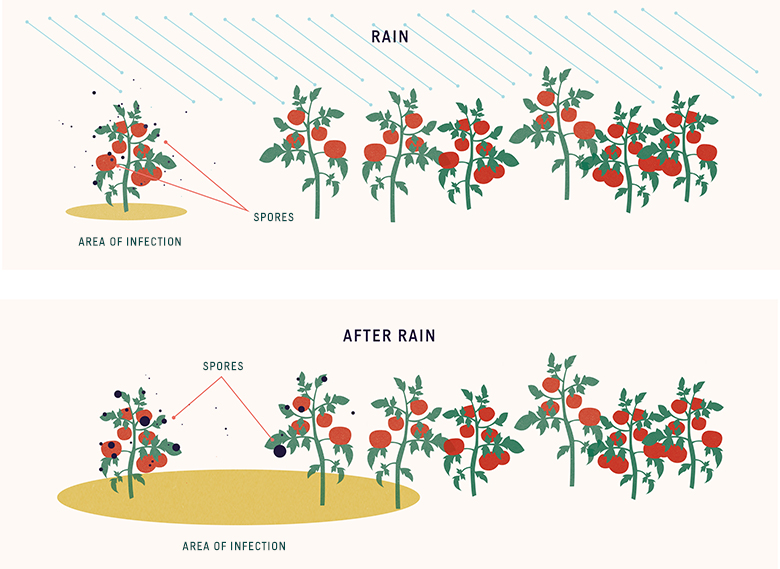
This is one of the questions that Lydia Bouriba, a scientist studying fluid dynamics at the Massachusetts Constitute of Technology, attempts to answer with her enquiry. Her lab studies how small droplets can transmit establish and homo diseases.
Raindrop Range Of Contamination.
How far tin fungal spores travel in water droplets that splash off an infected constitute? In the post-obit investigation, you volition drop water onto the leafage of a plant and analyze the size and distribution of the droplets that splash off the leaf. Based on your data, you will make a recommendation to a farmer preparing to plant tomatoes in a greenhouse.
Note: For the purposes of this investigation, we are only addressing disease that can be transmitted past aerosol.
Institute Observations.
Earlier starting your splatter investigation, examine the leaves of your constitute and make a listing of observations. Notice things like how much each leaf bends, the size and texture of the leaves, and any other physical traits. Which of those traits that you lot observed might affect how far a droplet will bounce off the surface?
Materials (Per Group Of 2-4 Students).
Deport The Experiment.
- Release 1 tinted water droplet.
- If you lot are using a camera, take a photograph of the splatter by placing your photographic camera within the photographic camera positioning marks.
- Brand a note of any drops that seem to combine to form "super splatters," pools of more one drop.
- Repe at for 5 water aerosol.
- Carefully remove your plant and movement your polar graph newspaper so it tin dry. You can carefully blot it with a tissue to speed up the drying process.
While Paper Is Drying, Discuss Your Observations.
- Where are the largest (>5mm) splatter aerosol located? Why practise you think they landed where they did?
- Where are the smallest splatter droplets located? Develop a hypothesis for why droplets might travel different distances based on whether they are large or small.
- Did whatsoever of the aerosol splatter beyond your graph paper? Were they big droplets or small droplets?
Related Segment
Dorsum-To-Schoolhouse Lessons From Scientific discipline Fri's Educator Collaborative
Collect Splatter Data.
- Count the big splatter aerosol that fell in each circle ring. Write the full for each inside the respective circle band. As y'all count, cross out the droplet with a small "x" then you merely count it once.
- Count the small splatter aerosol. Using a different color, write the total inside the circle band in a different color. Again, cross out the small-scale droplets with a pocket-sized "x" as you lot count.
- Repeat, counting and recording the small and large droplets within each ring.
- Create a histogram that shows the range of large and pocket-size drops from your polar graph newspaper.
Analysis Questions.
- How might droplet size bear on how fungal spores are passed to other plants?
- Describe the blueprint of droplets. How far abroad from your plant would yous expect spores to spread?
- What was your maximum droplet splatter range? Examine the other leaves on your plant. Practice yous call up you would become the aforementioned issue for each foliage? What might determine how far aerosol spread for whatever item leaf?
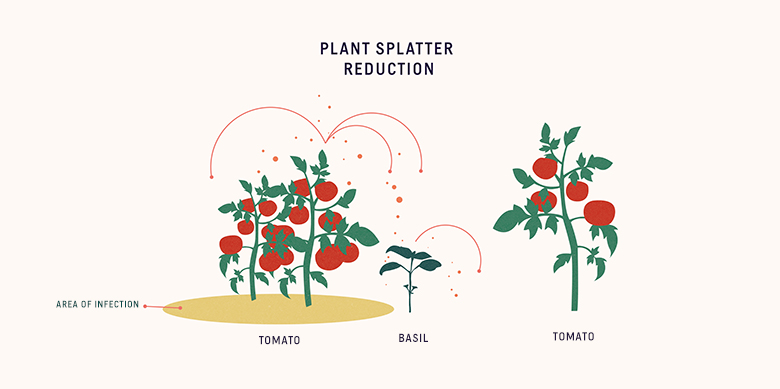
Make A Recommendation.
Based on the data from your establish splatter experiment, make a recommendation for changes to plant spacing or the irrigation arrangement in a greenhouse growing that plant. In your recommendation, please be sure to refer to your splatter test information and explain your rationale for your recommended changes based on that data. Take the following into consideration:
- In a field or greenhouse, yous are dealing with the splatter of many plants in many directions.
- Farmers must be able to make a profit off their crops, and try to grow every bit many plants as possible while losing equally few plants as possible to disease. Try to space plants to minimize disease, while maximizing the amount of plants that tin be grown in a given area.
- Are there other changes you might recommend to this farmer? Exist sure to explain how they volition reduce affliction transmission.
Reflection Questions.
- The droplet splatter setup in this experiment is a model that helps us explore the interaction betwixt one droplet and one foliage. What are the limits of this model? What parts of existent rainfall does it fail to represent?
- Redesign this droplet splatter investigation or blueprint a new investigation that would address some of the limitations you identified in the previous question.
Extensions.
- Develop a formula that optimizes output (crops per square meter), but minimizes disease transmission. Exist sure to take the growth of the plant (size) and the maximum range of contamination. What information would y'all need in lodge to be able to employ your formula before you planted any crops? How would your formula need to change in order to be applicable to different types of plants?
- Repeat the experiment above, only using a crop grown in your region. Try to find a model institute that best mimics the leaf backdrop of that ingather if y'all cannot use a real one. Interview local farmers about techniques, bated from fungicide, that they utilise to control the spread of fungus in their crops. Based on your interview with farmers and experimental data, write a recommendation for plant placement.
- How tin we modify how crops are watered to lessen diseases that are spread past droplets? Design an experiment to test how different watering methods might increase or subtract spread of illness by aerosol.
Related Resources.
Quantum: Connecting the Drops
Leaner and viruses hitch a ride within droplets of all kinds—sneezes, raindrops, toilet splatter. By reviewing footage of different types of drops, practical mathematician Lydia Bourouiba records and measures where they disperse in order to better sympathise how diseases spread. Watch how Bourouiba designs tests—some inescapably humorous and awkward—to study infectious illness transmission.
Raindrops splash down on leaves, spread pathogens among plants.
Bouriba describes the work of a team of researchers from MIT as well every bit the University of Liege, in Belgium, that uses high-speed images of raindrops splashing downwardly on leaves to show that raindrops tin can act equally a dispersing agent of contaminated droplets from i plant to some other.
Adjacent Generation Science Standards.
Credits.
Resources writing and photography: Beth Topinka, Xochitl Garcia
Illustrated diagrams: Ari Tiziani
Editing: Ariel Zych, Laura Helft, Johanna Mayer
Digital Production: Johanna Mayer
If you have questions about this resource or would like to share your experience using it with students, please electronic mail us at educate@sciencefriday.com or tweet to @scifri
Come across the Writers
About Xochitl Garcia
@msxgarcia
Xochitl Garcia is Scientific discipline Friday's Yard-12 pedagogy program manager. She is a former instructor who spends her fourth dimension cooking, playing board games, and designing science investigations from odds and ends she'southward stockpiled in the function (an in various drawers at dwelling).

About Beth Topinka
@BTopink
Beth Topinka is the Southward.T.Eastward.A.M. lab instructor for grades two-v at Millstone Township Schoolhouse District in central New Bailiwick of jersey. She's a vocal advocate for interdisciplinary, problem-based learning, and was recently selected as a country finalist for the 2016 Presidential Awards for Excellence in Mathematics and Science Educational activity.
Source: https://www.sciencefriday.com/educational-resources/how-do-diseases-spread-between-plants/
Posted by: henningliamel.blogspot.com

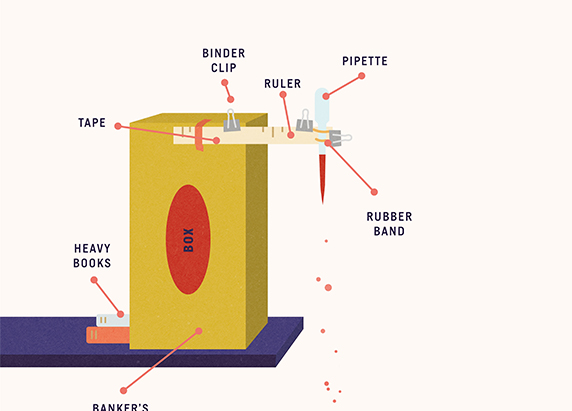
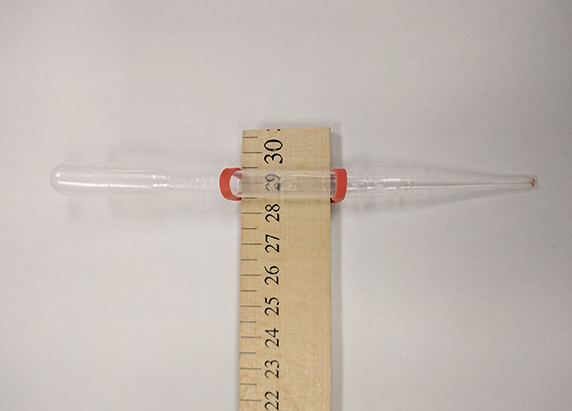
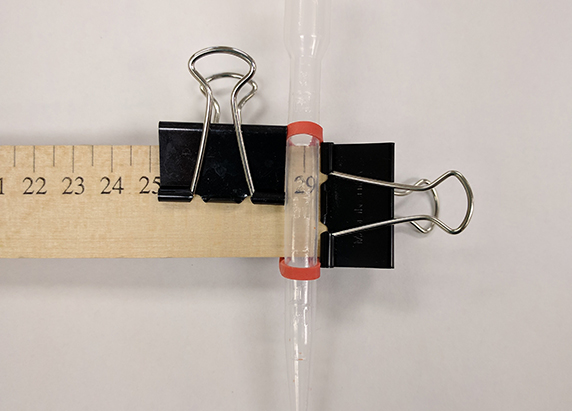
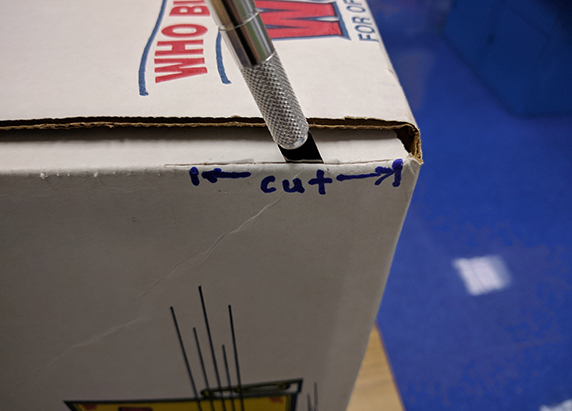
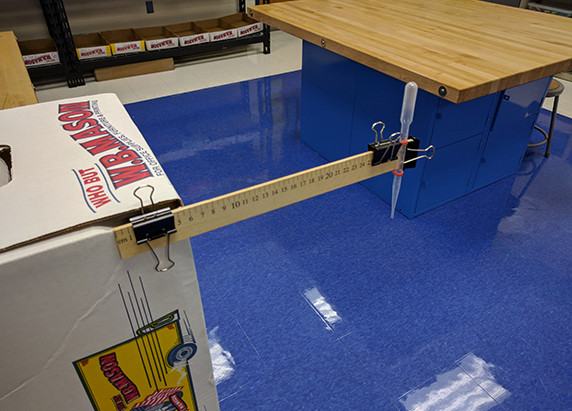
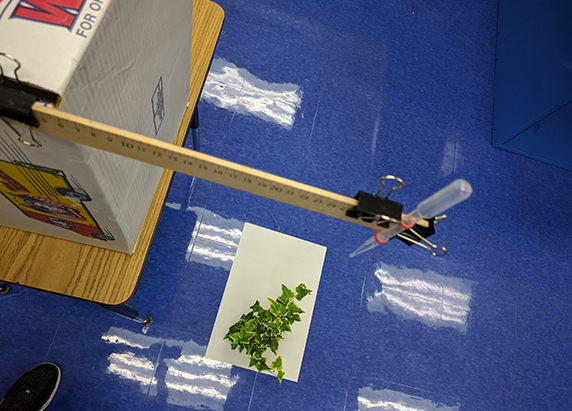
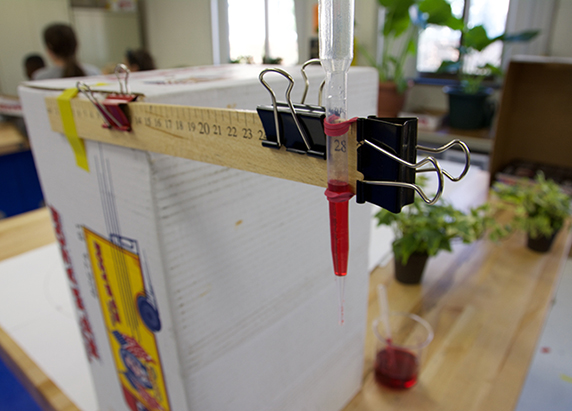
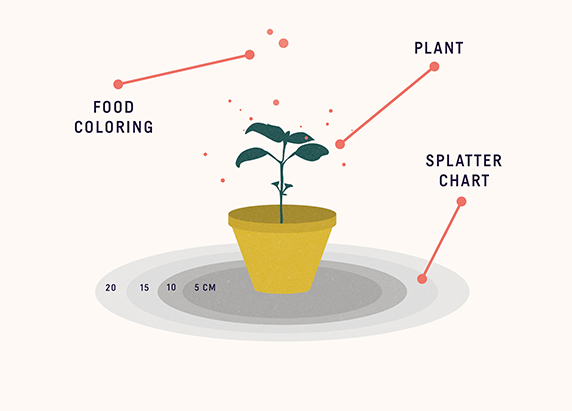
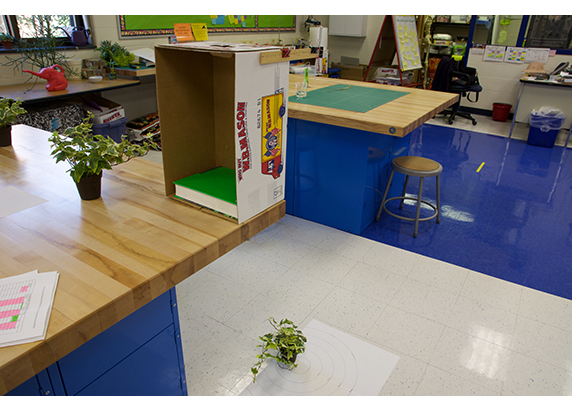
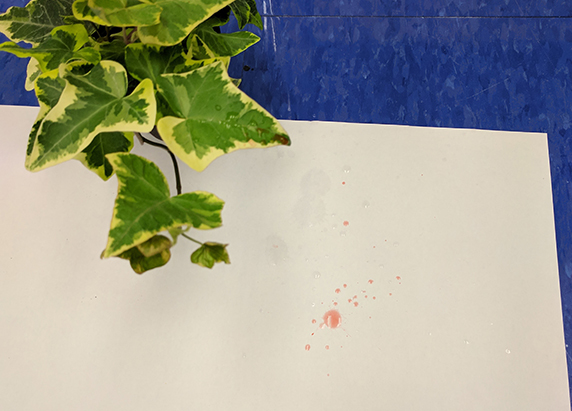
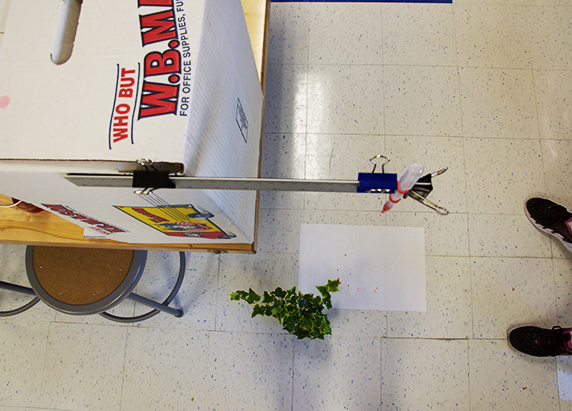
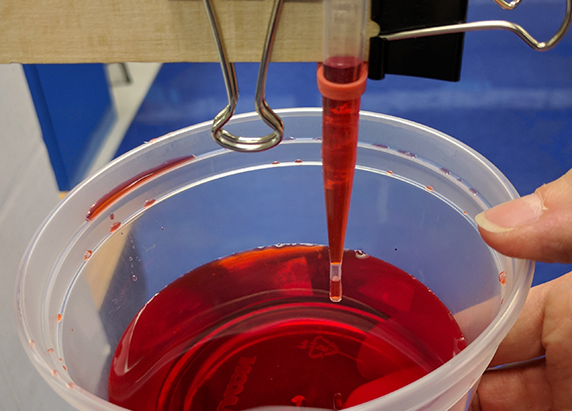
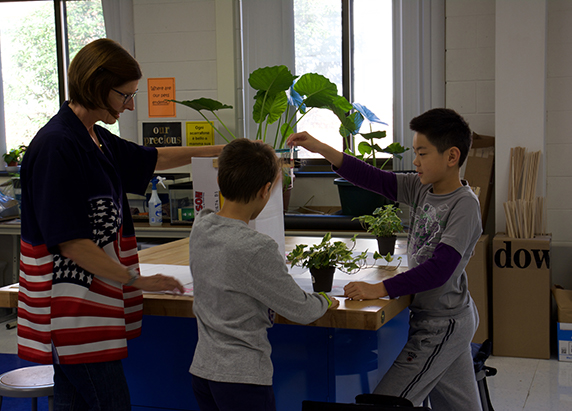
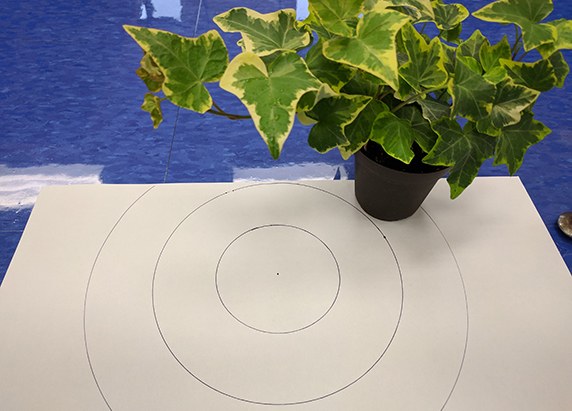
0 Response to "What Transfer Of Plants Animals And Disease"
Post a Comment